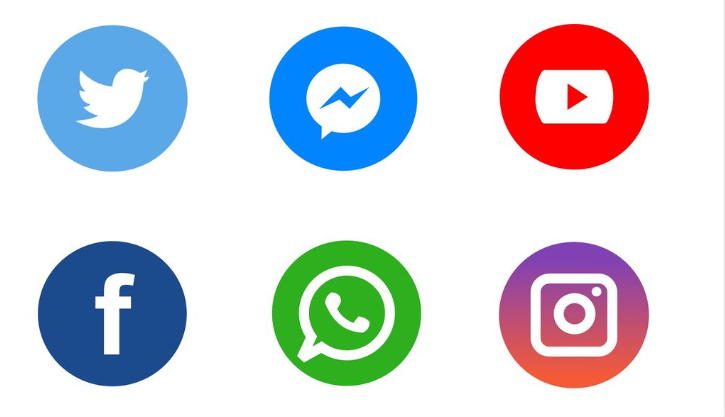Table of Contents
Education Desk, Delhi Magazine: Social media is like a big online space where people can connect and interact with each other, share information, and express themselves. It’s a place where you can post pictures, videos, thoughts, or just about anything you want to share with others.
Social Media Overview
Imagine it as a virtual space where you have your own little corner (your profile) where you can share updates about your life, your interests, and your thoughts. But it’s not just about you – it’s also about connecting with others. You can follow your friends, family, or even people you don’t know but share similar interests with.
One of the cool things about social media is that it’s not just about one-way communication. You can like, comment, or share other people’s posts, which helps you interact and stay connected with them.
Different social media platforms have different features and focuses. For example, some are more about sharing photos and videos (like Instagram or Snapchat), while others are more about sharing thoughts and articles (like Twitter or Facebook).
Overall, social media is a place where people come together, share stuff, and stay connected, all from the comfort of their own devices. It’s like a digital community where everyone has a voice and can be heard.
Social Media Features
Social media platforms offer various features that enable users to connect, communicate, and share content. Here are some of the main features commonly found on social media platforms:
- Profiles: Users create personal profiles with information such as their name, profile picture, bio, and sometimes additional details like location, interests, or occupation.
- News Feed/ Timeline: A continuously updating stream of content from the users and pages that a person follows. This can include text posts, photos, videos, links, and advertisements. People regularly get news on social media. Approximately 50% of adults in the United States occasionally obtain news from social media platforms.
- Sharing: Users can share content such as photos, videos, links, and status updates with their followers or the public.
- Interactions: Users can engage with content by liking, commenting on, or sharing posts. These interactions facilitate communication and community-building.
- Messaging: Many platforms offer private messaging features, allowing users to communicate one-on-one or in groups.
- Followers/Friends: Users can connect with others by following or friending them. This enables them to see each other’s posts and updates in their feed.
- Notifications: Users receive notifications for various actions, such as when someone likes or comments on their post, mentions them, or sends them a message.
- Privacy Settings: Users can control who can see their posts, profile information, and who can contact them. Privacy settings vary between platforms but typically include options for public, private, or restricted audiences.
- Explore/Discover: Features that help users find new content, people, or interests based on their preferences and behavior.
- Groups/Communities: Users can join or create groups centered around shared interests, hobbies, or causes, enabling more focused discussions and interactions.
- Live Streaming: Some platforms support live video streaming, allowing users to broadcast live content to their followers in real-time.
- Global Reach: Social media networks have a massive global reach, with billions of users worldwide. As of 2021, Facebook alone had roughly three billion monthly active users, making it the largest social media platform. Other platforms like YouTube, WhatsApp, Instagram, and TikTok also boast billions of users each.
- Diverse Demographics: Social media networks cater to diverse demographics. While platforms like Facebook and LinkedIn attract a more mature audience, younger demographics often gravitate towards platforms like Instagram, Snapchat, and TikTok. Understanding the demographics of each platform is crucial for effective marketing and communication strategies.
- Mobile-Centric Usage: The majority of social media usage occurs on mobile devices. Users access social media networks through smartphones and tablets, emphasizing the importance of mobile-friendly content and experiences.
- Visual Content Dominance: Visual content, including photos and videos, dominates social media engagement. Platforms like Instagram, TikTok, and Pinterest are centered around visual storytelling, while Facebook and Twitter have also prioritized visual content in recent years.
- Influencer Marketing: Influencer marketing has become a prominent aspect of social media networks. Influencers, individuals with large and engaged followings, collaborate with brands to promote products and services to their audiences. Influencer partnerships can significantly impact brand awareness and sales.
- Real-Time Communication: Social media enables real-time communication and engagement. Users can share updates, messages, and multimedia content instantly, facilitating rapid information dissemination and interaction.
You would also like to read : What is ecommerce.
These are just some of the main features of social media platforms, and each platform may offer additional functionalities tailored to its specific purpose and audience.

